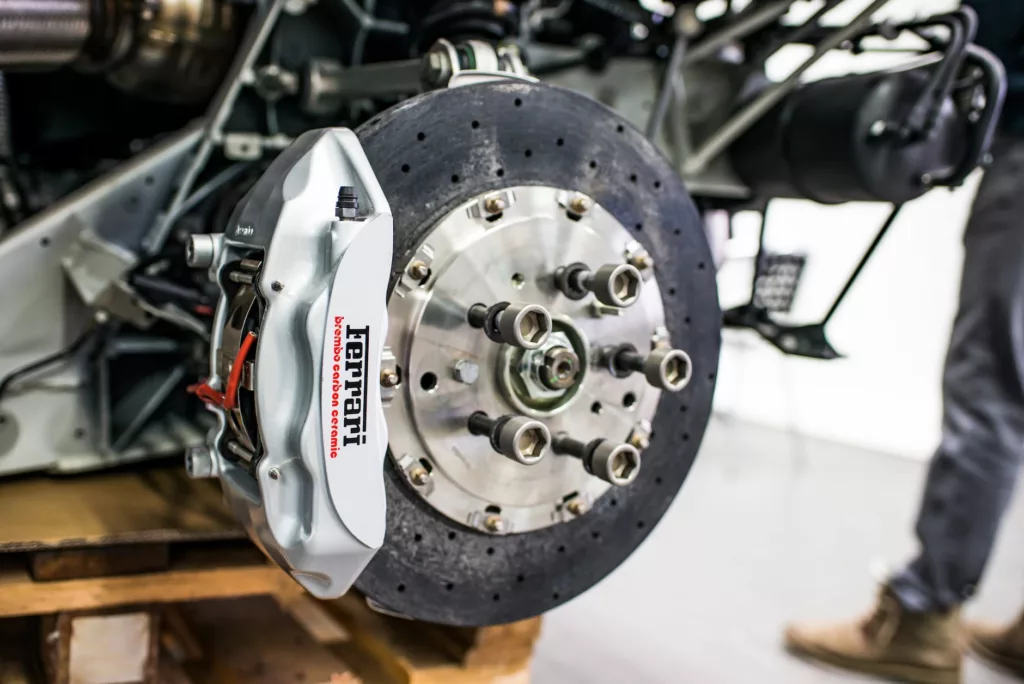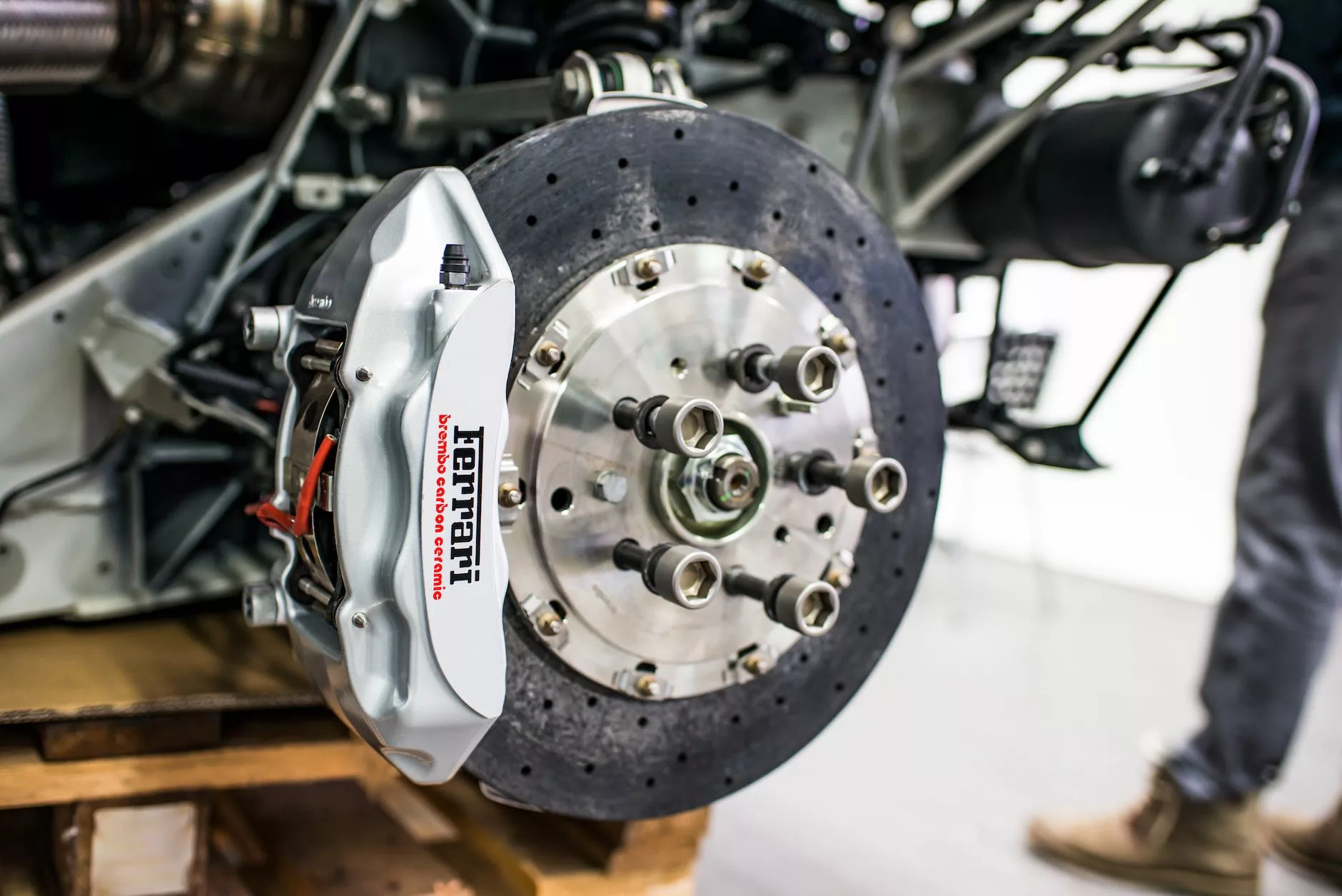When it comes to road safety, one of the most crucial aspects is the condition of your vehicle’s brakes. A brake system that is in good working order can mean the difference between a smooth and safe journey or a potential disaster. Regular brake inspections are essential to ensure that your vehicle’s braking performance remains optimal and reliable. In this comprehensive guide, we will delve into the importance of brake inspections, what to look out for, and answer some frequently asked questions regarding brake maintenance.

Brake Inspection: Taking Control of Your Safety
Your brakes play a vital role in ensuring your safety on the road. They allow you to slow down or stop your vehicle when necessary, preventing accidents and collisions. As such, it is crucial to have a firm understanding of brake inspection procedures to maintain the efficiency and reliability of your braking system.
Why is Brake Inspection Important?
Regular brake inspections are necessary for several reasons. Firstly, they help identify any signs of wear and tear, allowing you to address potential issues before they become major problems. Secondly, inspecting your brakes ensures that they meet the manufacturer’s specifications, guaranteeing optimal performance. Lastly, routine brake inspections provide peace of mind, knowing that you are taking proactive steps to maintain your safety and that of others on the road.
Signs that Indicate the Need for Brake Inspection
While regular brake inspections are recommended, certain signs may indicate the need for immediate attention. Being aware of these signs can help you address brake issues promptly and avoid potentially dangerous situations. Here are some common indicators that it may be time for a brake inspection:
- Squeaking or squealing sounds: If you notice a high-pitched noise when applying the brakes, it may indicate worn-out brake pads or shoes.
- Vibration or pulsation: When you feel a pulsating sensation or vibrations through the steering wheel or brake pedal during braking, it could signify warped brake rotors.
- Soft or spongy brake pedal: If your brake pedal feels unusually soft or spongy, it may suggest a problem with the brake fluid or a potential leak in the system.
- Pulling to one side: If your vehicle veers to one side when you apply the brakes, it could be an indication of uneven brake pad wear or a stuck caliper.
- Dashboard warning light: If the brake warning light on your dashboard illuminates, it is crucial to have your brakes inspected promptly to determine the cause of the alert.
Frequently Asked Questions about Brake Inspection
- How often should I have my brakes inspected?
- Brake inspections should be carried out at least once every 12 months or every 12,000 miles, whichever comes first. However, it is advisable to consult your vehicle’s owner manual for the manufacturer’s recommended maintenance schedule.
- Can I inspect my brakes myself?
- While it is possible to visually inspect some brake components, a comprehensive brake inspection often requires professional expertise and equipment. It is recommended to have your brakes inspected by a certified mechanic for a thorough assessment.
- What does a brake inspection entail?
- A brake inspection typically involves checking various brake components, including brake pads, rotors, calipers, brake lines, and brake fluid levels. The mechanic will assess their condition, thickness, and overall functionality.
- How long does a brake inspection take?
- The duration of a brake inspection may vary depending on the complexity of the vehicle’s braking system and any potential issues found. On average, a comprehensive brake inspection can take anywhere from 30 minutes to an hour.
- What can happen if I neglect brake inspections?
- Neglecting brake inspections can lead to severe consequences, such as diminished braking performance, increased stopping distances, brake failure, and a higher risk of accidents. Regular inspections are essential to maintain optimal brake function and ensure your safety on the road.
- Are there any additional signs I should look out for?
- Yes, there are a few other signs that may indicate brake issues. These include an unpleasant burning odor when braking, excessive brake dust on the wheels, or a change in the feel or responsiveness of the brake pedal. If you notice any of these signs, it is recommended to have your brakes inspected promptly.
Conclusion
Maintaining a well-functioning brake system is crucial for your safety on the road. Regular brake inspections are essential to identify potential problems early on and ensure that your brakes are in optimal condition. By being proactive and addressing any issues promptly, you can enjoy peace of mind, knowing that your vehicle’s braking performance is reliable. Remember, when it comes to brake inspections, prioritizing safety should always be your top concern. Stay tuned for the next parts of this guide, where we will explore brake inspection procedures and essential maintenance tips to keep your brakes in top-notch condition.
